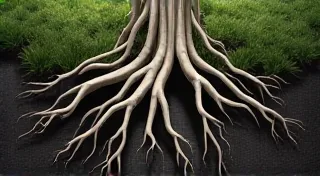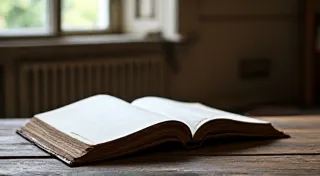The Cartographer of Ink: Mapping the Evolution of Writing Instruments
There’s a peculiar intimacy that comes with holding a vintage fountain pen. It's not just the weight in your hand, nor the smooth slide of nib against paper. It's a connection to a lineage of craftsmanship, a whisper of the hands that shaped it, the stories it's witnessed, and the thoughts it has helped to express. My own fascination began with a chipped, black Parker 51 I found tucked away in my grandfather’s attic. It wasn't working, of course – the sac had long since crumbled – but the sheer elegance of its design, the promise of a story waiting to be revived, captivated me. It sparked a journey, a deep dive into the history of writing instruments, and an enduring appreciation for the people who perfected the art of putting ink to paper.
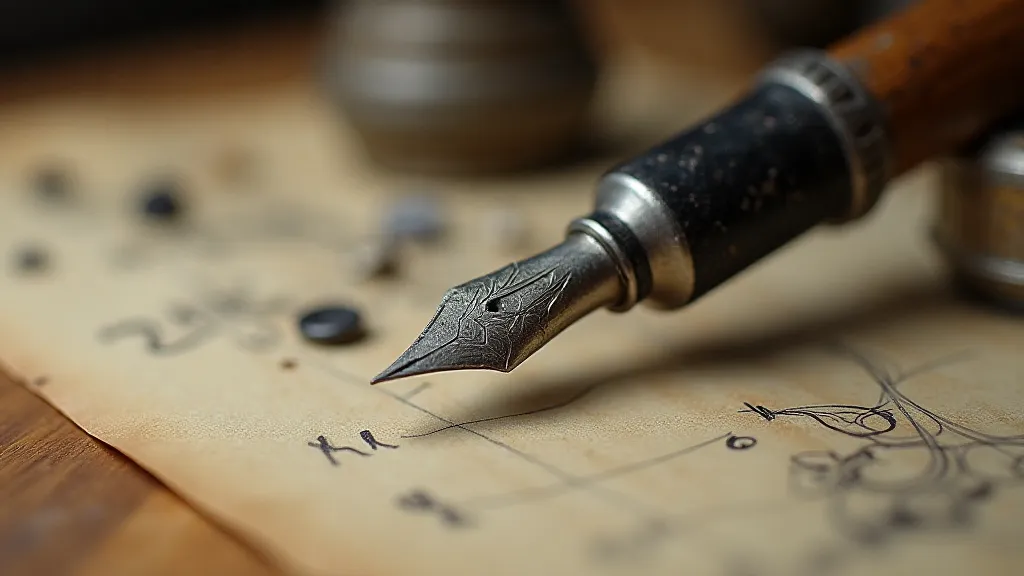
From Feather to Steel: The Early Days
Before the convenience of ballpoints and gel pens, writing was a painstaking ritual. The quill, born from the feather of a goose or swan, was the dominant writing tool for centuries. Imagine the labor involved – the careful selection of the feather, the meticulous trimming and shaping, the constant need for re-sharpening. The ink, too, was a significant undertaking, frequently crafted from oak galls, berries, or even crushed minerals. This laborious process fostered a profound respect for the act of writing; each letter was considered a deliberate creation. The hues and characteristics of the inks themselves were often as vital to the writing experience, forming a foundation for the artistic expression we might now associate with calligraphy – a topic worthy of its own exploration, perhaps examining the alchemist's paletteand the experimentation involved in crafting vintage inks and papers.
The introduction of the metal dip pen in the 18th and 19th centuries marked a significant step forward. While still requiring constant dipping in ink, metal pens offered greater durability and a degree of standardization. The rise of mass production during the Industrial Revolution made writing more accessible, yet the artistry inherent in a well-crafted pen remained highly valued. The Victorian era, in particular, celebrated intricate detail and ornate design, which is reflected in the elaborate pen holders and nibs of the time. These weren’t mere tools; they were status symbols, expressions of personal style.
The Birth of the Fountain Pen: A Revolution in Ink Delivery
The true revolution arrived with the development of the fountain pen, an ingenious device that integrated a reservoir of ink, eliminating the need for constant dipping. Early attempts at self-filling pens date back centuries, but it wasn't until the late 19th century that a truly reliable and practical design emerged. Lewis Edson Waterman is generally credited with patenting the first commercially successful fountain pen in 1884, based on a design that utilized capillary action to draw ink from a reservoir. This innovation transformed writing, making it quicker, cleaner, and more comfortable.
The subsequent decades witnessed a frenzy of innovation. Companies like Waterman, Parker, Sheaffer, and Wahl-Evans competed fiercely, each striving to improve upon the design and create a product that was both functional and aesthetically pleasing. The early Parker “Luckies” and Waterman’s “Ideal” pens are testaments to this era of relentless refinement. These pens were more than just writing tools; they were engineering marvels, blending precision mechanics with elegant design. The intricate filling mechanisms – lever fillers, button fillers, vacuum fillers – each a miniature work of art in themselves.
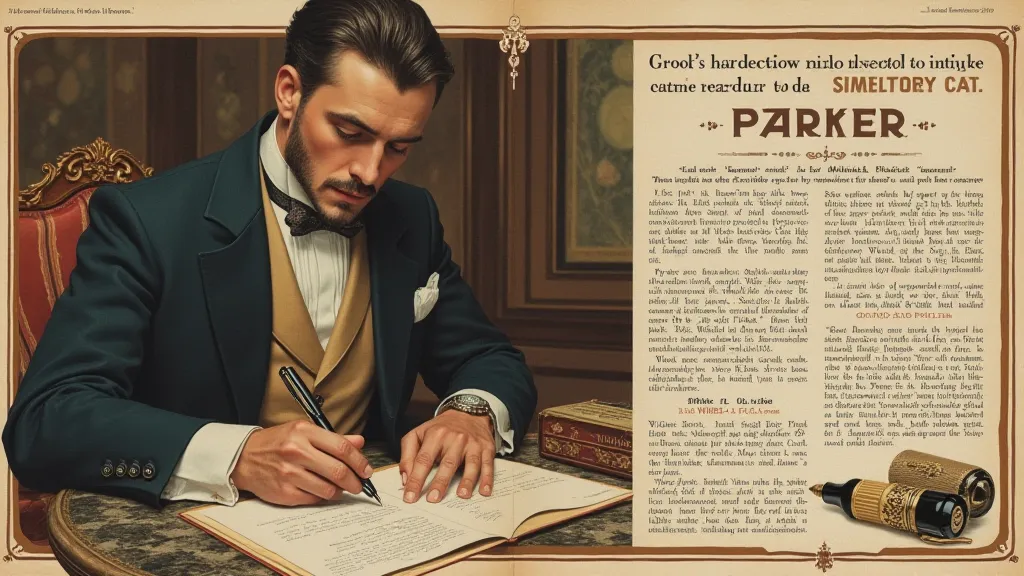
The Golden Age and Beyond: Design, Materials, and Collecting
The period from the 1920s to the 1950s is often considered the "Golden Age" of fountain pens. This era saw the emergence of iconic designs like the Parker 51, the Waterman Patrician, and the Sheaffer Lifetime. Materials such as celluloid, ebonite, and later, acrylic, were expertly crafted into stunningly beautiful and durable writing instruments. The craftsmanship was exceptional; pens were often hand-finished and underwent rigorous quality control. The care and attention to detail are evident in even the smallest components, from the precisely cut nibs to the meticulously engraved trim.
The introduction of disposable ballpoint pens in the mid-20th century initially threatened the fountain pen's dominance. The convenience and affordability of ballpoints appealed to a wider market, leading to a decline in fountain pen production. However, in recent years, there has been a resurgence of interest in fountain pens, driven by a desire for a more tactile and personalized writing experience. Collectors are increasingly drawn to the history, craftsmanship, and beauty of vintage pens. The thrill of restoring a neglected pen to its former glory, of understanding its history and the hand that created it, is a uniquely rewarding experience. For those interested in understanding more about preserving these treasures, you might appreciate an article about mastering the art of vintage pen casing and storage. The history and legacy of the written word itself is rich and compelling, echoing through generations – a subject worthy of deeper consideration, exploring the inkwell’s echo and how vintage pens shape modern writing styles.
Restoration and Appreciation: Preserving a Legacy
For those interested in vintage pens, whether as collectors or simply as admirers of fine craftsmanship, the path of restoration offers a deeper connection to the object's history. A damaged sac replacement on a Parker 51, a careful cleaning of a Waterman Patrician, or even a simple polishing of a Sheaffer Lifetime can breathe new life into a forgotten treasure. While complex repairs might warrant the expertise of a professional, many basic restoration tasks can be undertaken by enthusiasts with a bit of patience and the right tools.
Collecting vintage pens is more than just acquiring objects; it’s about preserving a legacy. It’s about safeguarding a piece of history, of appreciating the artistry and ingenuity of those who came before us. Each pen tells a story – a story of innovation, of craftsmanship, and of the enduring power of the written word. Holding one in your hand is like holding a piece of that story, a tangible link to the past. The sensory details involved in experiencing a vintage pen – the feel of the weight in your hand, the smooth glide of the nib across the paper, the subtle aroma of the ink – all contribute to a deeply personal and meaningful experience.
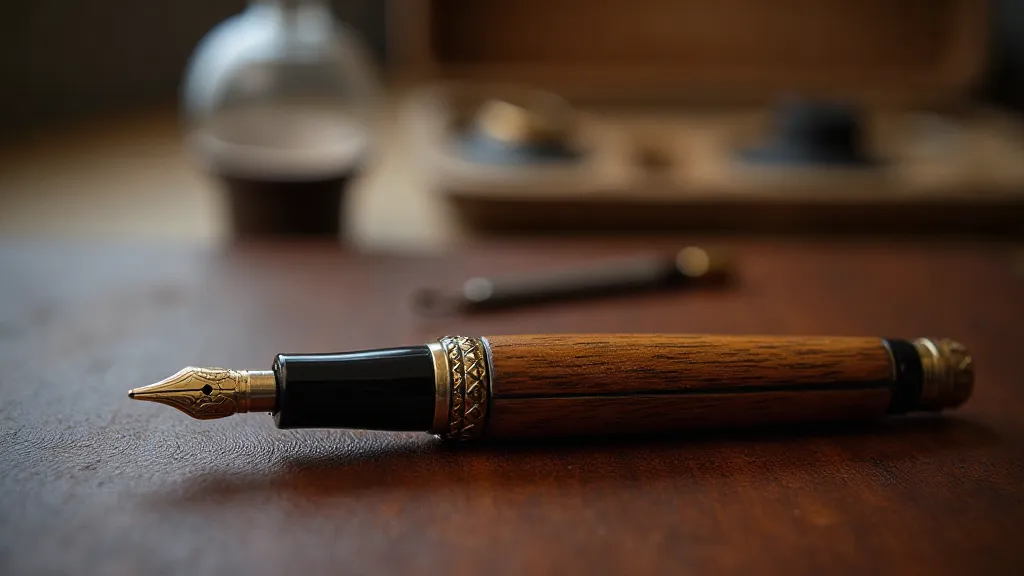
The process of choosing a pen – the feel of the barrel, the nib’s responsiveness, the flow of the ink – all contribute to a writing experience that is deeply personal and connected to the past. Vintage pens, in particular, often possess a character and charm that is difficult to replicate in modern writing instruments. They have witnessed history, been held by countless hands, and carry with them a sense of time and place.
Beyond the practical aspects of collecting, there’s also an aesthetic appreciation for the design and craftsmanship of vintage pens. The intricate details, the elegant curves, the carefully chosen materials – all contribute to a sense of beauty and refinement. Many collectors are drawn to the history and stories behind these objects, researching their origins and learning about the people who created them.
The resurgence of interest in vintage fountain pens is a testament to the enduring appeal of craftsmanship and the desire for a more tactile and personalized writing experience. In a world dominated by digital technology, there's a certain beauty and solace in the simple act of writing with a vintage fountain pen, a quiet rebellion against the fleeting nature of the digital realm. It's a connection to a past when writing was a more deliberate and meaningful act.
The journey of a vintage pen is often a remarkable one. From the careful selection of raw materials to the skilled hands that shaped it, each pen has a story to tell. And for those who take the time to appreciate these objects, that story can reveal a great deal.
